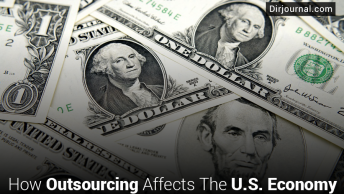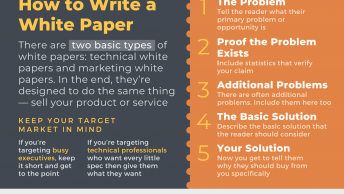No cricket player looks forward to a string of zeros. However, the players of the DFL Indian Premier League Twenty20 had huge grins on their faces as the zeroes were strung on like pearls in an endless necklace.
Cricket is on a winning streak, with the Indian Premier League raining big bucks, fame and glamour. IPL has elevated the game to a new high and the rules of the game have been rewritten forever.
Cricket has always attracted big amounts of money in India. But post-IPL, it is set to enter levels never thought possible.
The player’s auction was a huge sale with no discounts. There were eight franchises from Bangalore, Hyderabad, Chennai, Mumbai, Jaipur, Kolkata, Mohali and Delhi. These franchise owners, most of whom are billionaires, spent over $718 million between them to get the team rights. Each team was allowed to register a maximum of eight foreign players, only four of them will be able to play in the XI.
Big money was spent by the franchises and the highest spending franchise is Team Mumbai, with Mukesh Ambani’s Reliance Industries Ltd. shelling out $111.09 million.
Bangalore was bought by Vijay Malya’s United Breweries for 111.6million. Deccan Chronicle payed $107million for Team Hyderabad. Team Chennai comes a close second with Srinivasan of India Cements paying $91million. Team Delhi was bought by GMR for $84million. Team Mohali went to Preity Zinta and Ness Wadia for $76million. Shah Rukh Khan and Juhi Chawla, franchise owners of Team Kolkata spent $75.09million. Team Jaipur bought buy Emerging Media was the cheapest at $67 million.
Money oozed like oil as the big wigs went on bidding for the best players for their respective teams.
“Chack De” India was definitely the theme song for the Big Five, MS Dhoni, India’s one-day captain ($1.5M), Andrew Symonds, Australian all-rounder ($1.3M), Sanath Jayasurya ($975,000), Ishant Sharma ($950,000) and Irfan Pathan ($925,000) turned out to be the big fish.
Each player will receive this money as their annual wage for the initial three years of their contract.
Indian cricketers, such as Sachin Tendulkar, Sourav Ganguly, Rahul Dravid, Virender Sehwag and Yuvraj Singh have been given ‘iconic’ status. This means they will not be auctioned and will lead their home cities as captains. They are also guaranteed a 15 percent more wage than the highest-paid player in their franchise.
If you have a doubt on how these IPL team owners are going to earn on their asset, there are two revenue channels, one is central and the other local. Central revenue, which the BCCI will sell and share with the teams, includes media, suppliers and sponsorships.
Localized revenue includes things like ticket sales at the stadium, local sponsorships, merchandise and food and beverage revenue etc., at that particular ground. This revenue stays with the franchise owner. For the local revenue to take off, it is inevitable that the league builds equity in the local market and this is estimated by experts to take at least five to ten years, unless a franchise has existing brand value. Till then, they will have to sustain with the central revenue.
If the English Major League is anything to go by in terms of the ROI, ten years after its launch, it is still losing money but hopes to break even by 2010.
That means while the players benefit enormously, the franchise owners who have invested all this money will have to wait a while before expecting any return on their investment. They are not worried and they say that they knew what they were getting into all the time.
Bollywood superstar, Shah Rukh Khan, and the owner of Team Kolkata, when asked if IPL will work, replied, “I think it will be successful. It is a property that one will have to create over the years. It will take a couple of years. It is the first time and as a business venture this too will require a gestation period. All of us are going to lose some money in the first year.”
The Indian Premier League has brought cricketers together with players playing with cricketers from other countries and playing against their own. This is also said to be the first time international cricketers ditch their national allegiances to play for a privately owned side.












